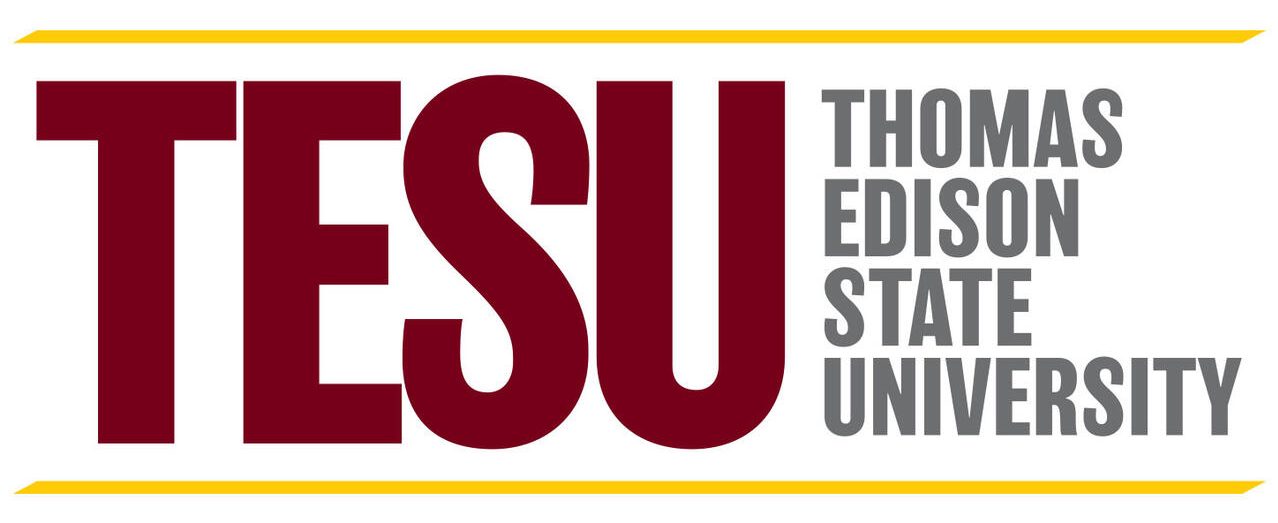2.9 Leadership Styles
Leadership is the social relationship that obtains certain goals within an organization though a mission, vision, and values. In these relationships it is common for leaders to exemplify a specific type of behavior to direct reports or subordinates. Over the past two decades there has been a shift in understanding a leaders emotional resonance with other members inside of an organization.[1] This behaviour is called a leadership style, and below is an outline of the four major leadership styles prevalent in organizations:
- Autocratic
- Participative
- Free-Reign (Laissez-Faire)
- Democratic
Leadership styles according to Singh and Karunes derive power from certain recognition, and use Fiedler’s contingency model to understand how a leader’s style fits within an organizational situation.[2] To embrace a style is to embrace the romanticism of leadership and how leadership relationships can have an effect within a modern organizational landscape.[3] These four styles above can act as a bridge towards understanding the relationship of leadership. Along with romanticism, there is a sense of servitude towards other factors, such as the concept of servant leadership as a commitment to serving others within an organization and the community.
Within many ethical frameworks discussing how humans in society run a state, the concept of an autocracy may be troubling. Some may say the same about autocratic leaders. Autocratic leaders are directive leaders who take very little input or discussion from subordinates.[4] In this modern day, global collaboration, the concept of the autocratic leader may seem cold and dated; however, autocratic leaders tend to look at the systems and find a path of least resistance to success based on their knowledge. It is not that autocratic leaders do not care about their staff as they treat staff like any other people. It just comes down to how to run organizational systems, using their own expert knowledge to lead their team.
In today’s environment, most businesses are looking for individuals who will embrace a more global, inclusive approach. Participative leaders fit this mold as they are individuals who share the decision making process with other employees and embrace a brainstorming discussion on organizational issues[5]. In many ways, the participative leader within a learning organization tends to be the best fit. When fostering learning with students for example, engaging in a participative atmosphere helps learning. This approach is commonly found in many successful organizations.[6]
Looking at leadership along the spectrum, on one side there is the autocratic style, and on the other is free-reign. Free-reign or lassiez-faire (French: Leave it alone) is a leadership style in which managers leave the control and decision making to their employees.[7] As one person may think the autocratic style is to strict, one may think the lassiez-faire style would lead to complete corporate anarchy. However, the idea behind the free-reign style still encompasses some control. Essentially, the employees have freedom to pursue their work as they see fit, so long as they stay within the confines democratic leadersof existing company ethics and policies.[8]
In the same vein as participative leaders, democratic leaders embrace input from all members and have a vote on specific decisions[9]. An example would be a head of a not-for-profit board who chooses to have all board members vote on specific outcomes. Inside the democratic system there are two outlooks of running it. Figure 1 shows the different characteristics of consensual leaders and consultative leaders.[10]
| Consensual Leadership | Consultative Leadership |
|---|---|
|
|
Ultimately, the leadership style that is used depends on the organization, the relationships present within it, and a frequented pattern within relationships. The responsibility relies on managers to adjust their leadership styles in relation to the organizational makeup, goals, and objectives. This follows the concept of the Hershey-Blanchard Situational Leadership Model in which successful leaders adjust their styles according to the organizational makeup.[11] There are four leadership sub-styles in the Hershey-Blanchard model.
Review Questions:
- What are the four leadership styles and their characteristics?
- What are the difference between consensual and consultative leadership?
- What are the four leadership sub-styles?
Note on Attribution
Chapter 2.9 Leadership Styles was adapted from “Chapter 3.1, Leadership Styles – Leadership and Management in Learning Organizations” by Clayton Smith, Carson Babich, and Mark Lubrick, licensed under CC BY-NC-SA 4.0.
- Hernez-Broome, G., & Hughes, R. L. (2004). Leadership development: Past, present, and future. Human Resource Planning, 27(1), 24-33. ↵
- Singh, S. B., & Karunes, S. (2000). Leadership styles, traits, roles and practices down the ages. The Journal of Business Perspective, Special Issue-2000, 18-31. https://journals.sagepub.com/doi/pdf/10.1177/09722629000040S104 ↵
- Bligh, M. C., Kohles, J. C., & Pillai, R. (2011). Romancing leadership: Past, present, and future. The Leadership Quarterly, 22(6), 1058-1077. https://reader.elsevier.com/reader/sd/pii/S1048984311001500?token=B27A65534CDE7163A7F93BE75CB3EB7C9FA04E4F59C7141F61AA96A41998C4A56042F194DB33216B3C42FD30B539BA38 ↵
- OpenStax, Introduction to Business (2018, November 13). https://cnx.org/contents/Tgl3H6iq@8.5:0ixdcJ7A@7/6-4-Leading-Guiding-and-Motivating-Others ↵
- Ibid. ↵
- Ibid. ↵
- Ibid. ↵
- Ibid. ↵
- Ibid. ↵
- Ibid. ↵
- Schermerhorn, J. R., & Wright, B. (2014). Management: Third Canadian Edition. John Wiley & Sons Canada ↵
Directive leaders, allow little input or discussion from subordinates.
Shared leadership, allow input from individuals and brainstorm discussion about organizational issues.
A leadership style where leaders leave the control to their employees, so long as it confines within existing company ethics and standards.
A leadership style that embraces input from all members and puts decisions to a vote.
Encourage discussion, requires parties to make final decisions.
Encourage discussion, leader retains final authority over decision.

